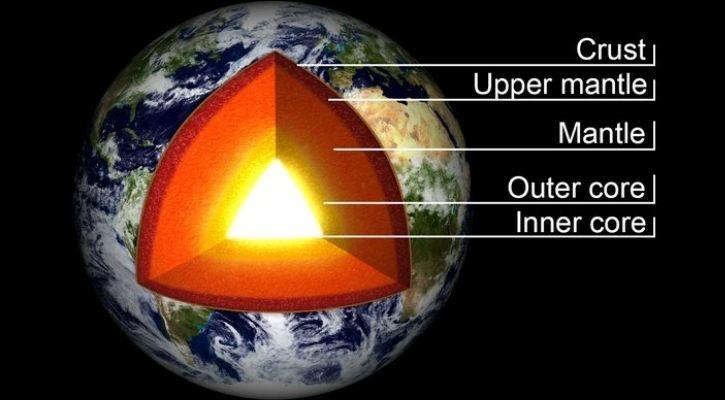Researchers have discovered a geological secret beneath Panama that may explain why rocks from Earth’s mantle were found about 1,609 kilometers from their core.

This entry point, about 100 kilometers below Earth’s surface, could allow the flow of mantle material from beneath the Galapagos Islands to just below Panama.
David Beckert, a postdoctoral scholar in marine chemistry and geochemistry at the Woods Hole Oceanographic Institution in Massachusetts, says it may also hold the mystery of why Panama has few active volcanoes.
Towards the west coast of Central America, the Cocos tectonic plate is moving downward, pushing the oceanic crust beneath the continental crust of the North American, Caribbean, and Panama tectonic plates, resulting in a phenomenon called subduction.
It is known to form a kind of ‘subduction zone’ and, by extension, the formation of a line of volcanoes called the Centra American Volcanic Arc, where lava pushes through boundaries, just above the Panama Plate, in western Panama. to stay in.
Researchers have claimed in their study published in PNAS that the tectonic plate of the culprit cocoa may have a window-like opening that is being pushed towards the center of the Earth.
The researchers collected samples of volcanic rock as well as gas and liquids from hot springs to better understand the geochemistry of the region.
They were curious to see the ratio of molecular isotopes – essentially variations of the same atoms with different numbers of neutrons in their nuclei. In this situation, he focused on the isotopes of helium and lead.
The mantle consists mostly of silicate rocks—rocks that have a particular composition of silicon and oxygen atoms, although the exact composition can vary dramatically depending on different regions, but they also found stranger anomalies under Central America.
In a conversation with LiveScience, Beckert said, “We found that in particular places in Central America, namely behind volcanic arcs in western Panama and Costa Rica, we have some exotic signatures [of geochemistry] that are really important to you. are similar. Galapagos Islands.”
According to Beckert, this was really surprising because there was no other way for the Galapagos’ mantle element to reach Panama. The researchers then looked at seismic imaging of the mantle using seismic waves to find what lies beneath the surface, only to find that deep beneath Panama, a hole through which it is on the mantle surface.
It may be the result of a natural crack in the subducting cocoa crust or it may be a location where the crust has ruptured during subduction. Either way, it allows material to pass from one side of the plate to the other, like dust traveling through an open window. But researchers don’t know exactly what this move is doing.
They think it may be that a specific, massive mantle circulation pushes material through openings in the subducting slab. They claim that when the modeling of the mantle circulation is complete, you can expect the flow of this deep global mantle.

